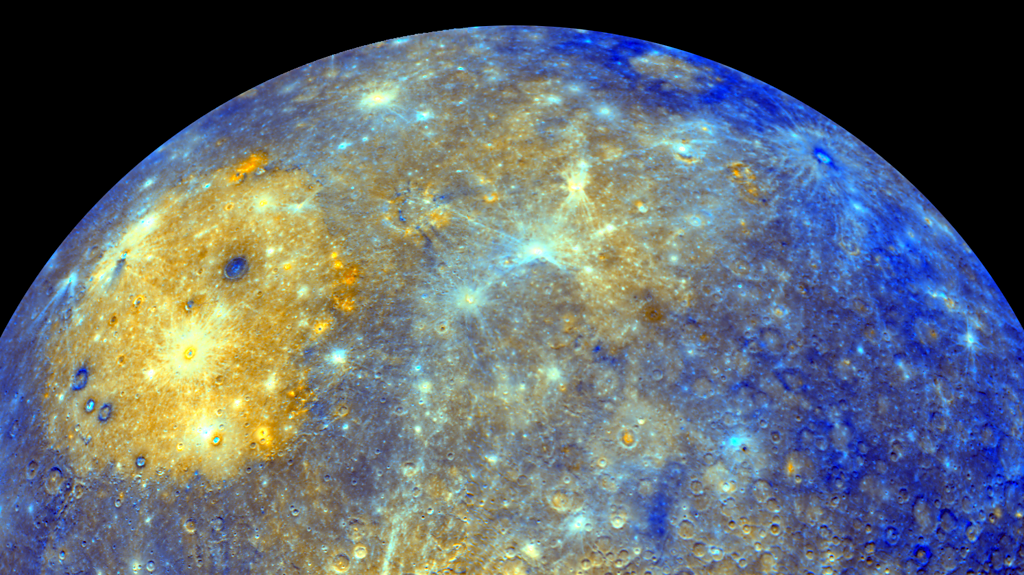
From its "absurd" core to the baffling chemical composition of its surface, Mercury is full of surprises – not least the planet's origins. But some answers could be held in rocks found in Cyprus.
Curiosity has killed many an explorer, and Nicola Mari feared he was to be the next.
Driving around Cyprus's remotest mountains, Mari had relied on his cell phone for directions. But as the light of the day faded, so did his phone battery – and he found himself stuck in the middle of nowhere with little idea of the way back to his lodgings. "I'd travelled for more than 50km (31 miles) without seeing another vehicle," he says.
He thought he could remember the way to an inn, where he might refill his stomach, engine, and phone battery – but having arrived there, he found it was deserted. A lucky turn eventually led him to another establishment, but he admits to fearing for his life on those lonely mountain roads. "I made some bad calculations," he says.
Fortunately, his mission was not in vain. Mari is a planetary geologist at the University of Pavia in Italy who studies ways that our neighbours in the solar system formed and evolved. For his PhD, he had studied Martian lava flows. This time, his sights were set on Mercury – by way of Cyprus. His aim was to find a certain kind of rock, named "boninite", that is thought to bear an uncanny similarity to the rocks found on Mercury – a supposition which, if right, could be a clue to the planet's unique origins.
First rock from the sun
Mercury is a planet of extremes. With a total volume little more than the Moon, it is the smallest planet in the Solar System and is situated the closest to the Sun. Mercury has no atmosphere to retain heat, meaning that the temperature on the surface varies from 400C during the day to -170C (750F to -275F) at night. It also has the shortest orbit of any planet in the Solar System; each year lasts just 88 Earth-days.
Mercury's location has made it very difficult for scientists to study. One reason is the heat. Spacecraft approaching the planet need to be able to withstand scorching temperatures as they wander so close to the Sun. The other is gravity. The nearer you get to the Sun, the stronger its pull, accelerating the speed of the spacecraft. This makes delicate manoeuvres much harder to pull off. To avoid it travelling too fast, the spacecraft can take a convoluted route, with lots of detours around other planets, which helps to slow its path – but the spacecraft still need a lot of fuel to decelerate and gain control of its movements.
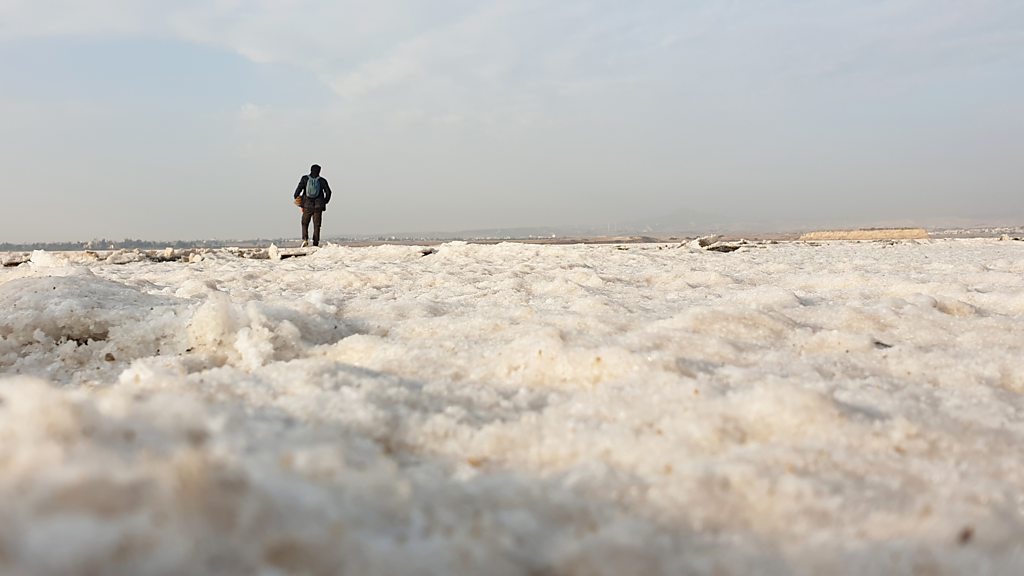
"From the trajectory point of view, it's probably harder to reach than Jupiter," says Ignacio Clerigo, spacecraft operations manager of BepiColombo, the European Space Agency's ongoing mission to Mercury, a project Mari's work is contributing to.
These difficulties mean that Mercury has been less well-studied than our other neighbours. Two previous missions – Mariner 10 and Messenger – had flown close enough to map its surface, which is pockmarked with craters – and revealed some major surprises about its structure.
One surprise was the planet's core. The other rock-based planets – Venus, Earth and Mars – all have a relatively tiny core, surrounded by a thick mantle made of magma, and a hard crust. Mercury's crust, however, appears to be surprisingly thin, while its core is unexpectedly huge compared to the mantle. "It's absurd," says Mari.
Even more unexpectedly, these missions revealed that Mercury is surrounded by a magnetic field. This, combined with its density, suggests that it has an iron core – and, like that of the Earth, the core may be partly molten.
To add to the mystery, the ratio of chemicals on Mercury's surface is highly unusual. By using a technique known as "spectrometry" to analyse the chemical composition of the planet at a distance, scientists know that Mercury has a much high concentration of thorium than its nearest neighbours. Thorium should have evaporated in the extreme heat of the early Solar System. Instead, its thorium content is closer to that of Mars – three planets away – which would have formed at cooler temperatures due to its distance from the Sun.
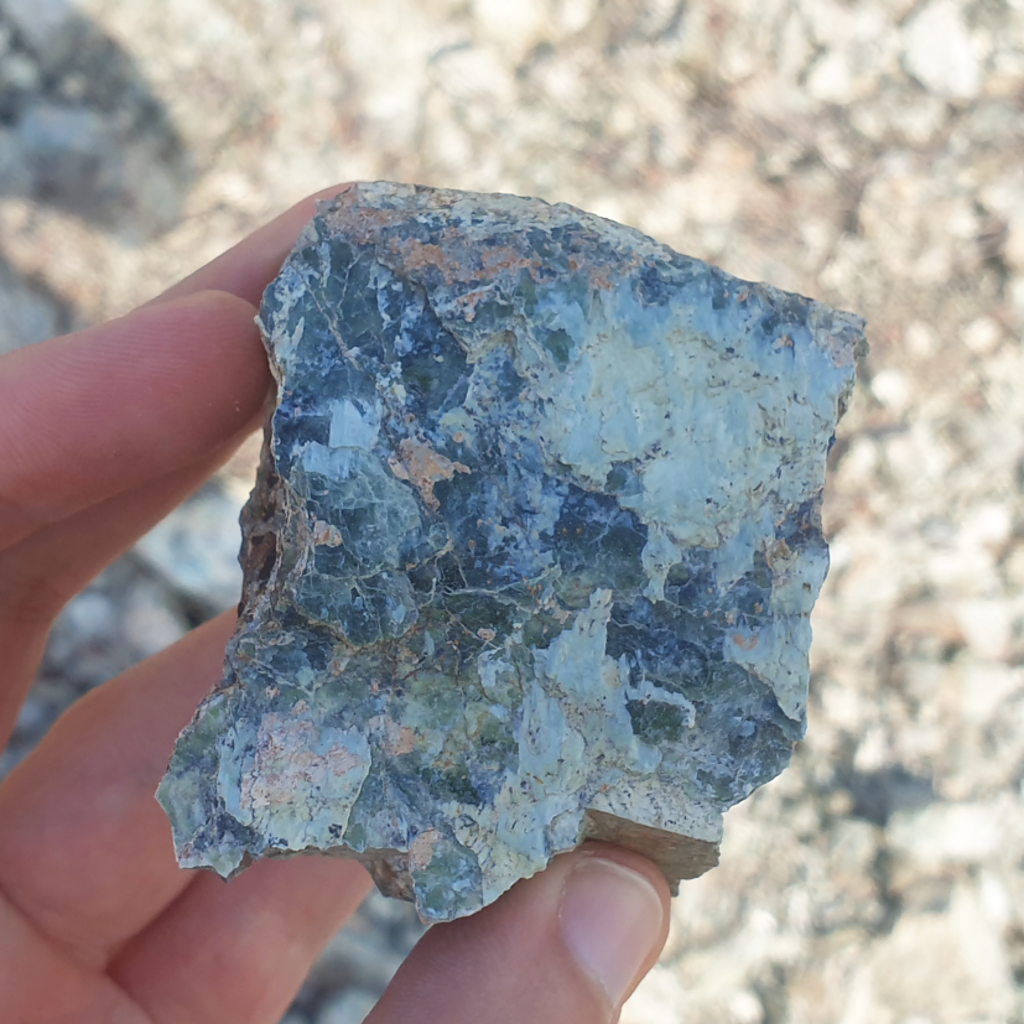
Such anomalies have led some planetary scientists to hypothesise that Mercury originally formed at a more distant point from the Sun, near to Mars – and that it started out with a much bigger mass, around the size of the Earth, that would befit its large core. At some point in its history, however, it is hypothesised that Mercury collided with another planetary body that sent it spinning towards the Sun. Such a collision could have blown away its crust and much of its mantle but left behind the huge liquid core.
"The Mercury we see today may be nothing more than the kernel of the planet that was once there," says Mari.
Alien rocks
The ideal way of investigating this theory would be to analyse samples of rocks from the crust of Mercury, or to drill into its mantle – but no probe has been able to land on the surface, leading scientists on Earth to look for other sources of information.
Some clues may come from a class of meteorites known as aubrites, which are named after the French commune of Aubres where they were first discovered. These rocks have a similar chemical composition to Mercury, and some scientists have even hypothesised that they may be debris from the interplanetary collision that knocked Mercury into its current position.
It is a tempting idea, but Mari is sceptical. The evidence so far, he says, suggests the aubrites come from asteroids that formed in the same part of the solar nebula as Mercury – but were never part of the planet itself.
An alternative line of evidence can come from "geochemical analogues" – rocks formed on Earth that closely resemble the structures of those found on other planets. We have a much better knowledge of the geological processes closer to home, after all, and we can then use this understanding to guide theories about the formation of their extrafterrestrial twins.
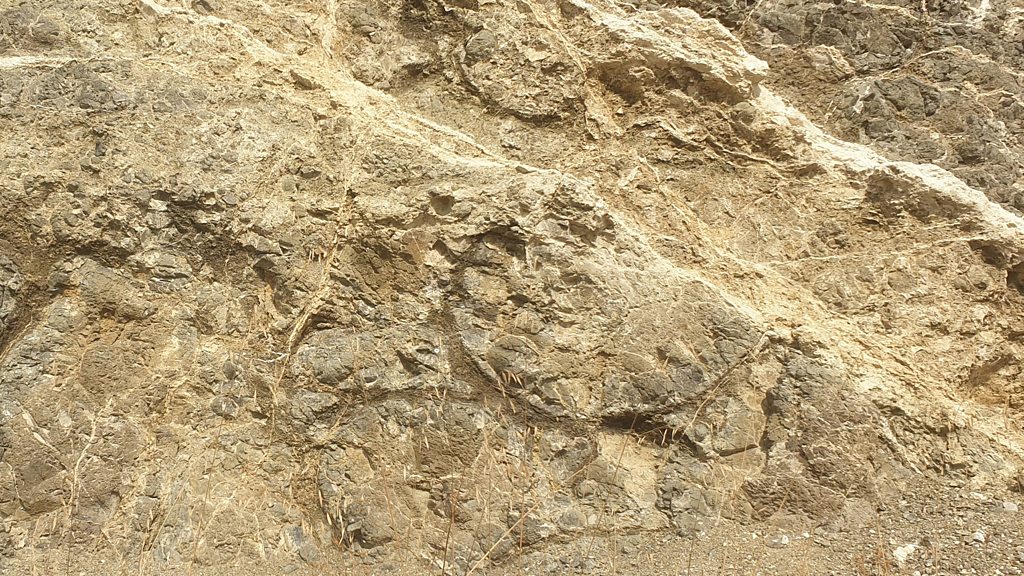
This was the aim of Mari's mission to Cyprus – which, according to the available geological data, was the most likely to contain the specific composition he was seeking. Embarking on his quest through these deserted mountains, he felt like a "modern Indiana Jones", he says.
Cyprus is a piece of crust that formed under the Tethys Ocean more than 90 million years ago. With the collision of tectonic plates, it was eventually thrust towards the surface, whether it became the island we know today. The landscape still has an other-worldly feel, Mari says, with greenish rocks rich in minerals. "In certain areas of Cyprus's mountains, it's like you are still walking over an ancient ocean bed," he says. Eventually, he found the specific pieces of lava, known as boninites, that he sought.
Mari returned home and, working with colleagues at Nasa and Italy's Museum of Planetary Science, analysed the composition of the rocks and compared them to measures taken from Mercury. When the results came in, he was astonished. "They weren't just similar; they were identical." The mix of elements such as magnesium, aluminium and iron was the same as that seen on the mysterious planet with the huge core. The only difference was that the rocks from Cyprus had been oxidised – which is inevitable given Earth's oxygen-rich atmosphere. This makes it the first true terrestrial analogue for Mercury, says Mari – providing a precious extra datapoint for our understanding of the planet.
Further study of these rocks might help reveal some clues about the geological activity in Mercury's past. We know, after all, that the Cypriot boninites were formed from lava that erupted through a shallow point in the Earth's crust. Their almost perfect resemblance to rocks on Mercury therefore supports the idea that the mantle there – across the planet – is unusually close to the surface, Mari says – which is consistent with a violent origin that blew away much of the planet's original crust.
Future voyages
Mari's findings are one piece in a very large puzzle, and many further insights may come from the BepiColombo mission – a collaboration between the European Space Agency and Japan – which launched in October 2018. It is named after the mathematician and engineer Giuseppe (Bepi) Colombo, who – among other things – helped to plan the complicated path of the Marine 10 spacecraft.
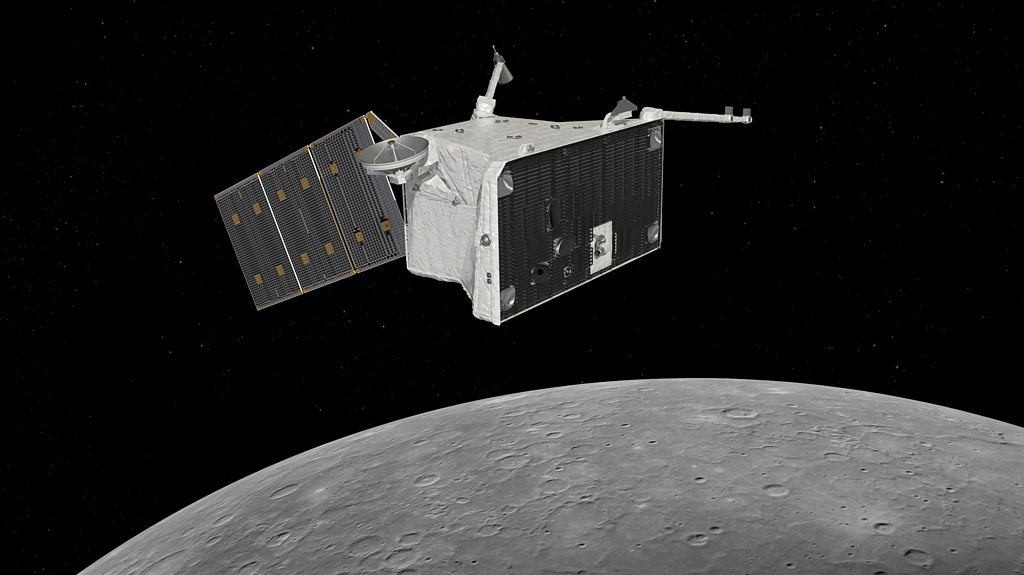
As part of its circuitous route, BepiColombo has already made three flybys around Mercury as part of the strategy to reduce its velocity. The spacecraft will make its final approach to the planet in 2025, where it will split into two orbiters – one measuring the magnetic field, and the other studying the surface and internal composition. Mari's research on geochemical analogues may be relevant here, as they could be used as a benchmark for some of these measurements, he says.
"Laboratory measurements of Mercury-like analogues help us to better interpret results for measurements we obtained from our infrared and thermal infrared) spectrometers and also to some kind of the X-ray spectrometer," explains Johannes Benkhoff, project scientist for BepiColombo.
Over the following year, the orbiters will make more precise measurements of Mercury's mineral compositions, its topography and its inner structure. By comparing this data with those from past missions, scientists may even be able to determine whether the planet is still geologically "alive". There are hollows on the surface that appear to be formed from the evaporation of material from inside Mercury – but it's not clear whether this process is still active.
Together, these measurements may finally allow us to get to the bottom of Mercury's mysterious origins – and, by extension, tell us much more about our own place in the cosmos. "The question of why Mercury is so dense and has such a large core are so important for understanding the formation and history of our Solar System," Benkhoff. "And the spacecraft has a very comprehensive suite of payloads and instruments that we hope we will really advance our scientific knowledge."
Already, so much has changed in how we view the first planet from the Sun. "Fifteen years ago, Mercury was considered a boring planet," Benkhoff says. "But I expect to find many more surprises."
For Mari, Mercury is just the start. "In Lanzarote we have found lava similar to the mantle on Mars. And to look for traces of Venus, we're investigating Sicily, Hawaii, Indonesia and Kamchatka in Russia."
With BepiColombo's full scientific operation set to commence in 2026, we might soon have a better understanding of just how much these rocks on Earth can tell us about our other neighbours in the Solar System.
--
* Alessia Franco is an author and a journalist focusing on history, culture, society, storytelling and its effects on people.
** David Robson is an award-winning science writer and author. His next book is The Laws of Connection: The Transformative Science of Being Social, to be published by Canongate (UK) and Pegasus Books (USA & Canada) in June 2024. He is @d_a_robson on Twitter, and @davidarobson on Instagram and Threads.
--
If you liked this story, sign up for The Essential List newsletter – a handpicked selection of features, videos and can't-miss news delivered to your inbox every Friday.
https://news.google.com/rss/articles/CBMiemh0dHBzOi8vd3d3LmJiYy5jb20vZnV0dXJlL2FydGljbGUvMjAyNDA0MTAtbWVyY3VyeS10aGUtc29sYXItc3lzdGVtcy1zbWFsbGVzdC1wbGFuZXQtbWF5LW9uY2UtaGF2ZS1iZWVuLWFzLWxhcmdlLWFzLWVhcnRo0gEA?oc=5
2024-04-14 09:37:50Z
CBMiemh0dHBzOi8vd3d3LmJiYy5jb20vZnV0dXJlL2FydGljbGUvMjAyNDA0MTAtbWVyY3VyeS10aGUtc29sYXItc3lzdGVtcy1zbWFsbGVzdC1wbGFuZXQtbWF5LW9uY2UtaGF2ZS1iZWVuLWFzLWxhcmdlLWFzLWVhcnRo0gEA
Bagikan Berita Ini














0 Response to "Mercury: The Solar System's smallest planet may once have been as large as Earth - BBC.com"
Post a Comment